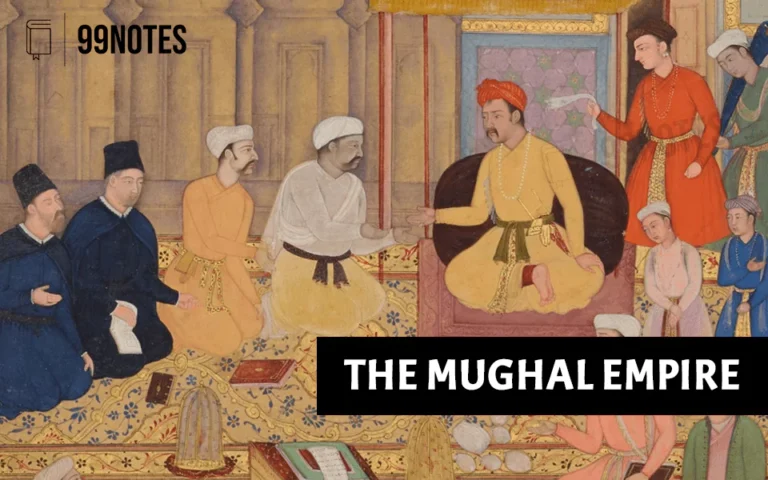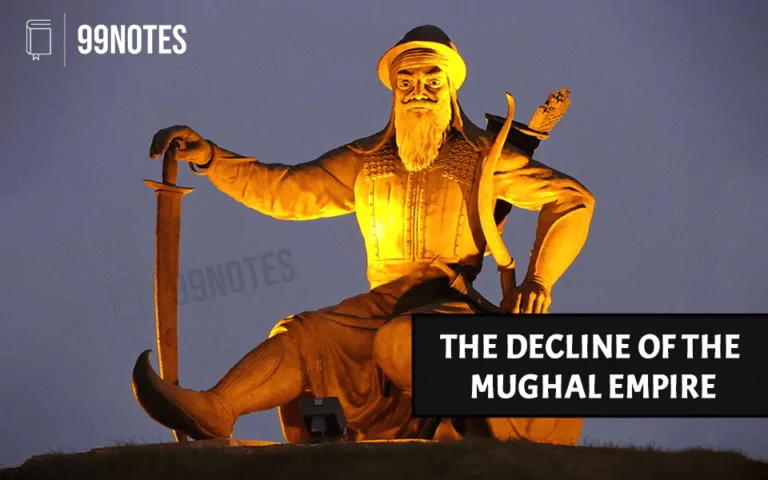Varkari Movement: Maharashtra’s Spiritual Tradition
Varkari Movement
The Varkari Movement is a significant spiritual tradition that originated in Maharashtra, India, in the 13th century, as panth during bhakti movement. This movement is centered around devotion to Lord Vitthal, also known as Vithoba. Varkari Movement brings together people from various backgrounds in a mutual journey of faith and devotion, marking an essential part of Maharashtra’s cultural and religious life.
- The Followers of Varkari/Warkari Sect worship Vitthal, a form of God Vishnu and the presiding deity of Padharpur in Maharashtra.
- Location of Pandharpur: It is on the banks of the Chandra-bhaga river in the Solapur distruct of Maharashtra.
- The tradition identified around 50 poet-saints as having a common spiritual line of descent. Dnyaneshwar, Namdev (1270-1350 CE), Chokhamela (1273-1338 CE), Eknath (1533-99), and Tukaram Maharaj (1608-50) are some of the most important saints of this tradition.

Practices Followed by Varkari / Warkari Sect:
- Worship of Vithoba
- Strict avoidance of alcohol and tobacco
- Duty-based approach, emphasis on moral behaviour.
- Strict prohibition
- Vegetarianism
- Celibacy during student life
- Non-discrimination
- Wearing of tulsi-mala
- Emphasis on values like individual scarifies, forgiveness, simplicity, peaceful co-existence, compassion, non-violence, love and humility in social life.
- The singing of devotional song in praise of Vithoba is called “abhangs“.
- Undertake an annual pilgrimage to Pandharpur. Pilgrims carry the palki of the saints from their places of Samadhi.

Varkari / Warkari Sampraday
Varkari sampraday within the Varkari movement focuses on practicing and spreading the values of equality, love, and devotion to God. Followers, known as Varkaris / Warkari, undertake pilgrimages and participate in communal worship, emphasizing a life of simplicity and spiritual discipline.
Varkari Dress
Varkari’s are recognized by their simple attire, which symbolizes their humility and devotion. Men typically wear white dhotis and shirts, sometimes with a traditional turban, while women wear plain sarees, usually in white or yellow. This dress code reflects their commitment to a life of simplicity.
Varkari look
Beyond their dress, Varkaris carry symbols of their faith such as Tulsi beads and musical instruments like cymbals. They also wear turmeric tilaks on their foreheads, a mark of their spiritual dedication. This appearance is not just about tradition but represents their inner journey towards devotion.
Conclusion
The Varkari Movement offers a unique glimpse into the spiritual practices and communal harmony of Maharashtra. It teaches the importance of devotion, simplicity, and the unity of community life. Through its traditions, attire, and collective practices, the movement continues to inspire followers towards a path of spiritual fulfillment and communal unity, making it a vital aspect of India’s rich culture.





![Tripartite Struggle (790-1162Ad) History, Cause &Amp; Consequences [Upsc Notes] | Updated July 27, 2024 Tripartite Struggle (790-1162Ad) History, Cause & Consequences [Upsc Notes]](https://99notes.in/wp-content/uploads/2022/12/tripartite-struggle-featured-768x500.webp)

